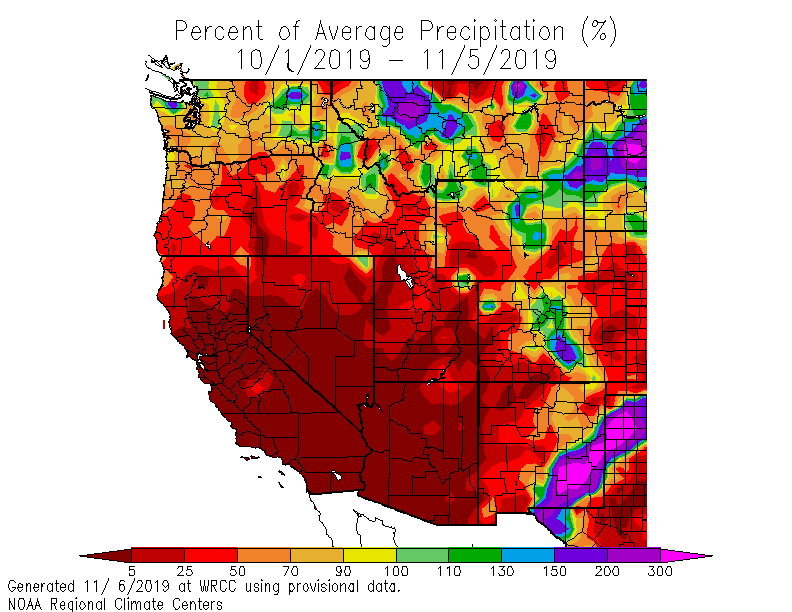This is a fascinating harbinger of things to come on the Colorado River, as the dry side of the natural range of variability collides with rapidly growing water demands:
A plant built to remove salt from highly saline irrigation runoff has sat idle in this southwestern Arizona community for more than 14 years after only a nine-month run.
But worries over a potential water shortage in the Colorado River stemming from continued drought and surging regional growth have prompted officials to restart the plant, and federal officials are now putting it through a 90-day trial run. The intent: to have the plant ready if it’s needed to help provide water that could be used by Arizonans or others who rely on the river.
If the plant is put into use, it could provide about 82,000 acre-feet of water annually that could be included in a 1.5 million acre-feet allotment the U.S. is obligated to deliver to Mexico under a treaty between the two countries.
The forecast flow into Lake Powell on the Colorado this year is 59 percent of average. Lake Powell is currently at 63 percent of average.



